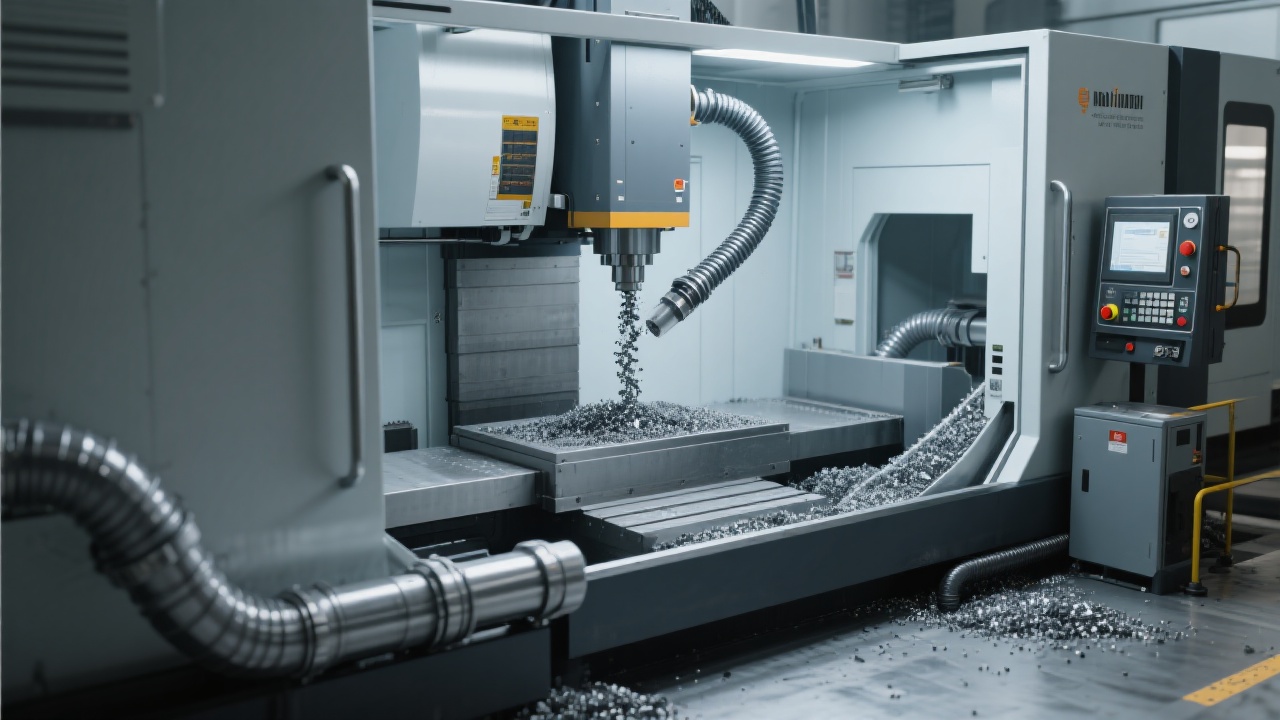
As a decision-maker or process engineer in the shoe mold manufacturing industry, you're constantly seeking ways to improve the quality and efficiency of your production. One of the most persistent challenges in shoe mold manufacturing is the processing errors in complex curved surfaces, which can significantly affect the final product's quality. In this guide, we'll explore the causes of these errors and how five-axis联动 technology can offer a solution.
Traditional three-axis machining equipment has long been the standard in the shoe mold manufacturing industry. However, it comes with inherent limitations that lead to curved surface processing errors. For example, due to the limited movement of the three axes (X, Y, and Z), multiple clamping operations are often required to process complex curved surfaces. On average, a traditional three-axis machine may need 3 - 5 clamping operations for a single shoe mold, compared to just 1 operation with a five-axis machine. This increases the chances of misalignment and repeated positioning errors.
Another issue is the misfit of the tool angle. With three-axis equipment, the tool may not be able to maintain the optimal angle to match the complex curvature of the shoe sole, resulting in uneven cutting and poor surface finish. These problems can lead to a rejection rate of up to 10 - 15% in some shoe mold manufacturing processes, causing significant losses in terms of time and resources.
Five-axis linkage technology combines the X, Y, and Z axes with two additional rotational axes. This allows for the coordinated control of all axes, enabling the tool to maintain the optimal angle relative to the workpiece at all times. By continuously adjusting the tool's orientation, it can closely follow the complex contours of the shoe sole, significantly reducing processing dead - ends and repeated positioning errors.

The optimized tool path provided by five-axis linkage means that the tool can approach the workpiece from multiple directions, ensuring a more efficient and precise cutting process. This not only improves the accuracy of the curved surface but also enhances the overall surface finish of the shoe mold.
As mentioned earlier, five-axis machines can complete the processing of complex curved surfaces with a single clamping. This not only saves time but also reduces the potential for errors caused by multiple clamping operations. For example, in the production of high - heel shoe soles, a five - axis machine can process the entire sole in one go, while a three - axis machine may require multiple setups, increasing the risk of misalignment.
With the ability to maintain the optimal tool angle, five - axis technology can significantly improve the surface finish of the shoe mold. The surface roughness of a shoe mold processed by a five - axis machine can be reduced by up to 30 - 40% compared to a three - axis machine. This results in a smoother and more precise final product, which is crucial for high - end shoe models.
Five - axis technology can also streamline the manufacturing process. By reducing the number of clamping operations and optimizing the tool path, the overall processing time can be reduced by 20 - 30%. This allows for faster turnaround times and increased production capacity, especially important for meeting tight deadlines and handling large orders.
Let's take a look at some real - world examples. A client who manufactures high - heel shoe soles was facing challenges with the complex curvature and fine details of their products. With a traditional three - axis machine, they had to spend a lot of time on multiple clamping and re - positioning, and the surface finish was not satisfactory. After switching to a five - axis machine, they were able to reduce the processing time by 25% and improve the surface finish, resulting in a significant increase in customer satisfaction.
Another client producing sports shoes with irregular patterns on the soles found that the traditional method could not accurately reproduce the complex patterns. The five - axis machine, however, was able to handle the task with ease, ensuring that each sole had precise and clear patterns, meeting the high - quality standards of the market.
In today's market, there is a growing demand for small - batch, multi - variety shoe mold production. Five - axis technology is highly adaptable to this trend. It allows for quick adjustments to the tool path and processing parameters, enabling manufacturers to produce different types of shoe molds with minimal setup time. This flexibility makes it easier to meet the diverse needs of customers and stay competitive in the market.
To implement the five - axis solution, you need to ensure that your operators are properly trained and that your production environment is suitable for the new equipment. It's also important to choose a reliable five - axis machine supplier who can provide technical support and after - sales service.
Now, think about the pain points in your own shoe mold manufacturing process. Are you still struggling with high rejection rates, long processing times, or poor surface finish? Why not give the five - axis solution a try? It could be the key to optimizing your process, improving delivery quality, and enhancing efficiency. Let every shoe sole precisely fit the foot shape with our five - axis technology!
Share your experiences and challenges in shoe mold manufacturing in the comments below, and let's discuss how five - axis technology can help you solve them. Click here to learn more about our five - axis solutions

